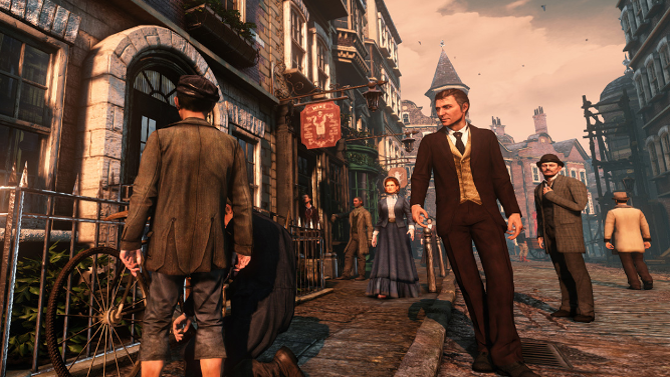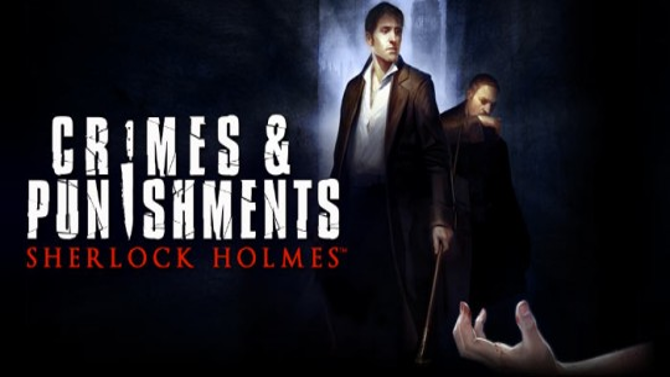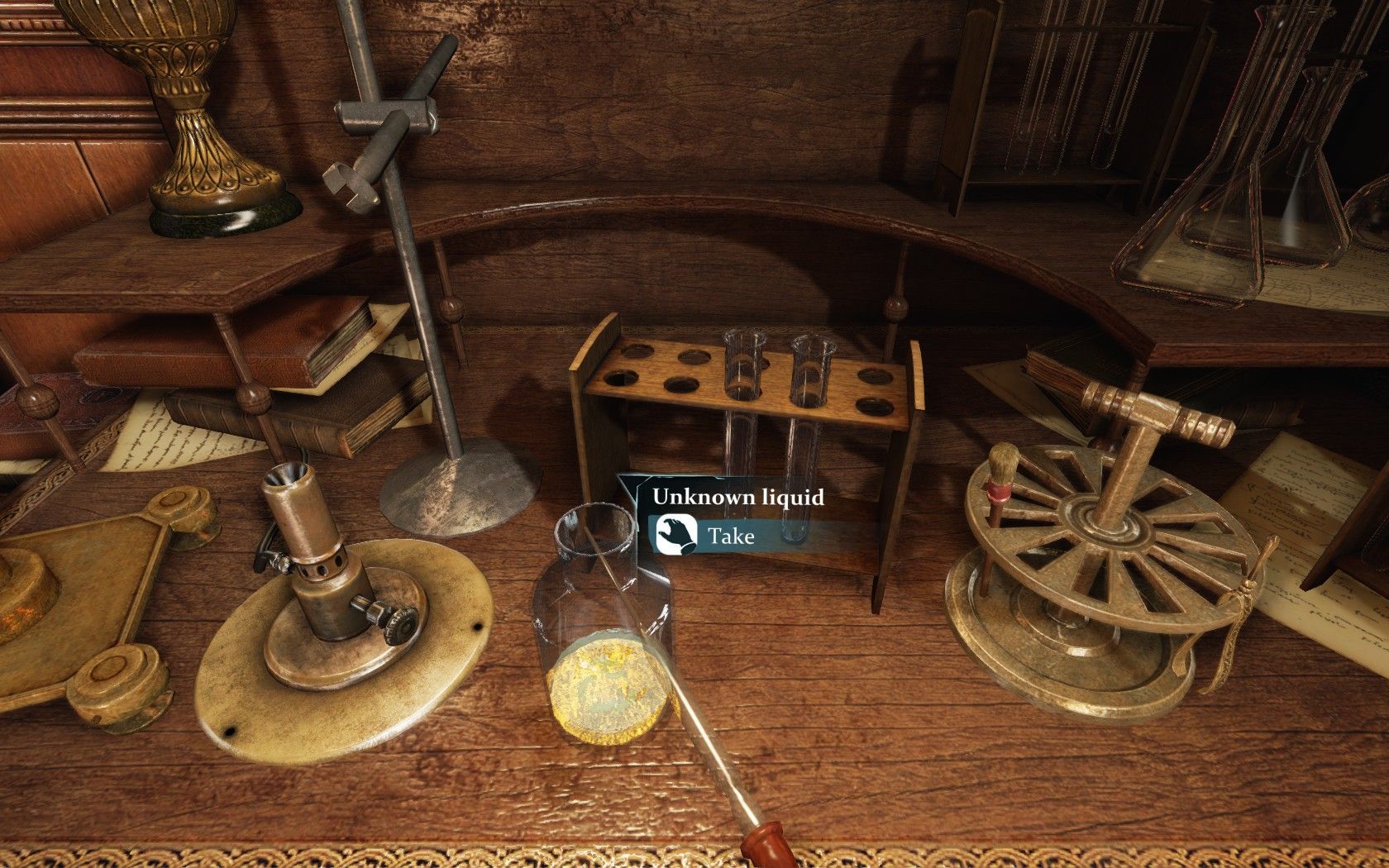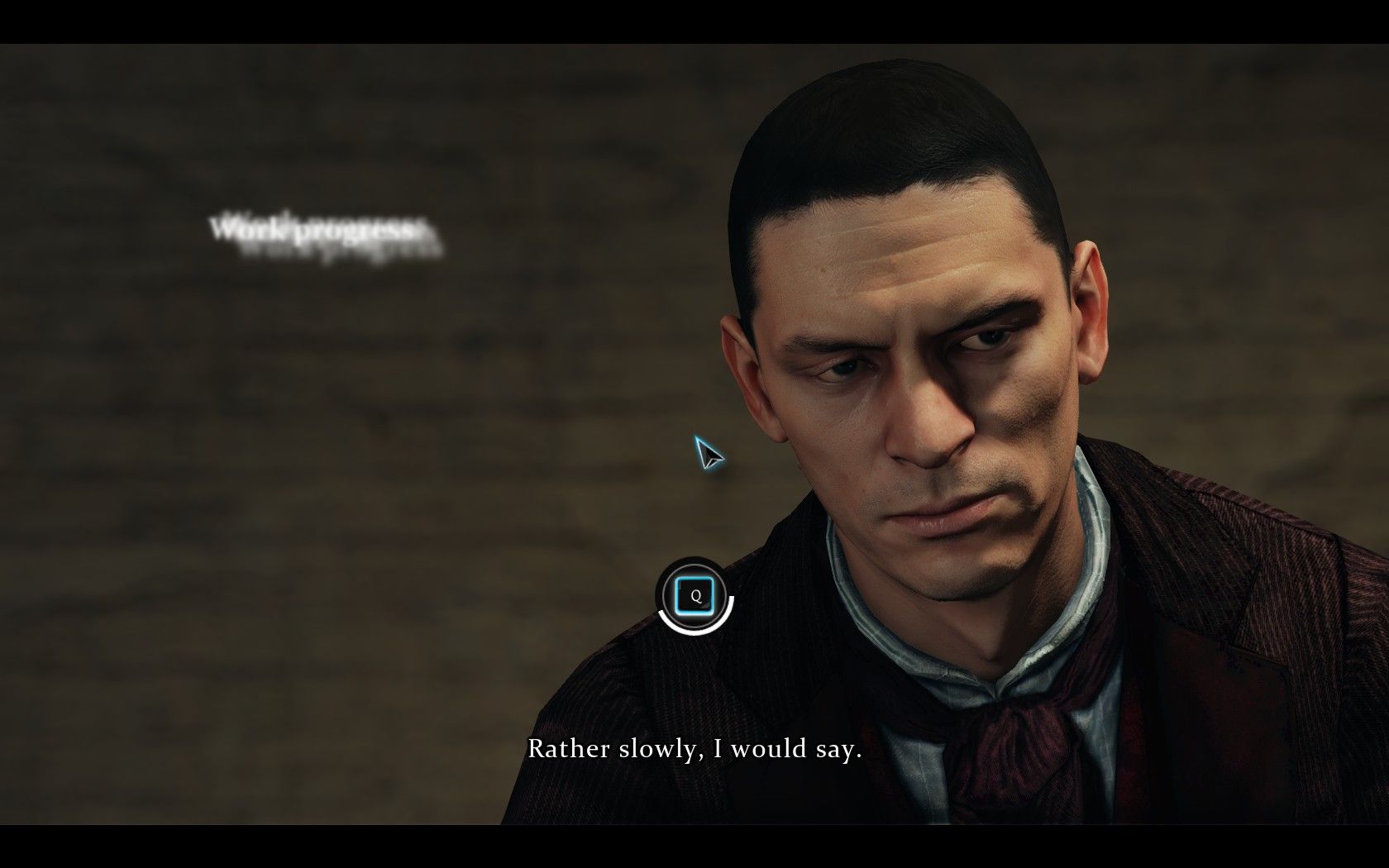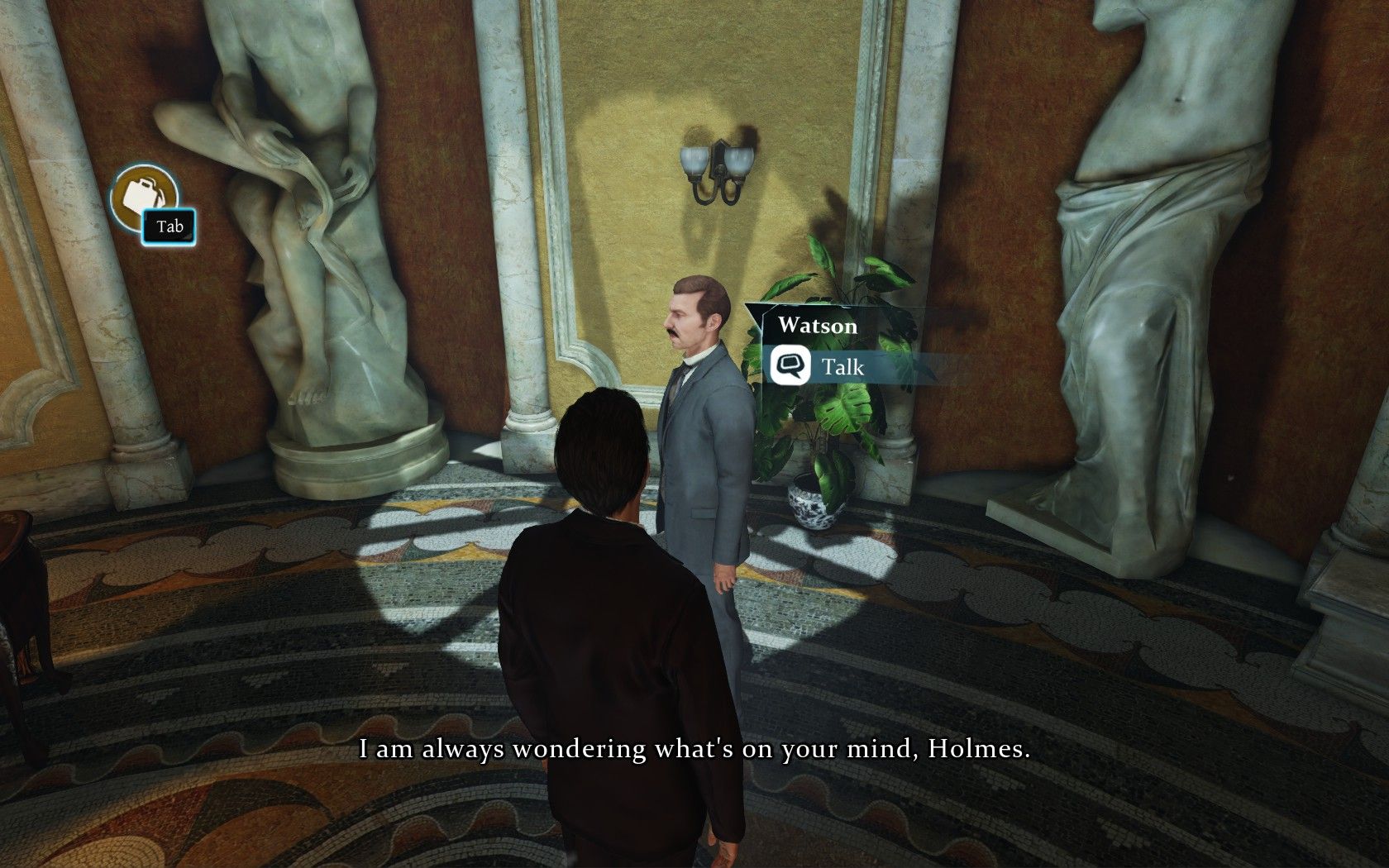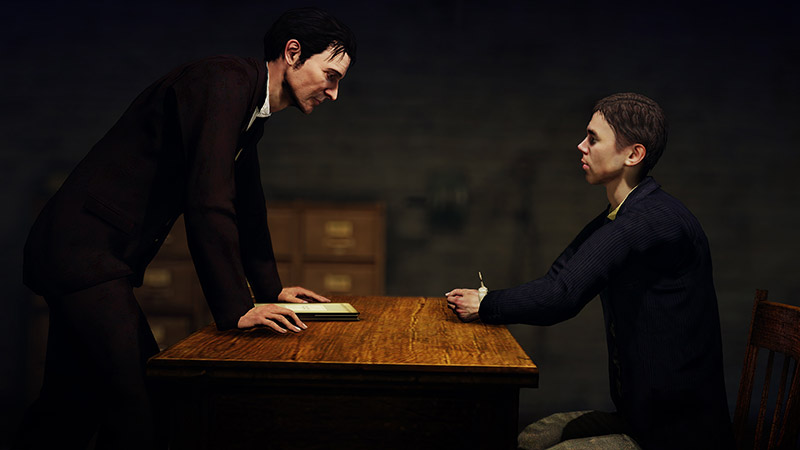At its best, Sherlock Holmes: Crimes and Punishments near perfectly encapsulates the feel of playing as a great detective, as well as of gathering evidence and using it to eliminate the impossible options, until finally you arrive at a solution that makes sense of the information you’ve gleaned throughout a case.
Each of the game’s six cases starts quite broadly. You’re sent to a location and are quickly made aware of the nature of a crime. From there, it’s up to you to gather evidence from the scene, which is generally bolstered by interviews with suspects and witnesses, as well as experiments and analysis that leads you to other locations.
The information you gather is added as a list of clues to your mind. You can then link different clues together to create a deduction. Multiple deductions link together to create one possible solution for the crime. What’s key is that there will always be different ways to link the deductions, and so by the end of each case you will have evidence which can implicate a myriad of different suspects:
- A book found in somebody’s study indicates they studied poisons in the past, which could make them the murderer or it could just be a coincidence.
- A drunk man might have made a story up or he could have told the truth to the best of his abilities.
In order to discern between the different deductions and find the true answer, you have to make use of all of the evidence gathered over the course of the crime. Often there will be one buried clue which makes an outcome impossible, allowing you to cut away at the deductions until you’re left with a single answer.
Narrowing down the possibilities into a single answer isn’t actually handled by the game. Instead, it’s down entirely to the player’s own judgement of the evidence and logical reasoning, and it’s entirely possible to arrive at the wrong conclusion.
As a result, there’s a fantastic feel of truly deducing the answer to a case, instead of simply being lead along to the answer. It’s unfortunate then, that the game is inconsistent in other areas, undermining the brilliance of its deduction gameplay.
To gather evidence, players must go through a series of mini games which allow them to put bits of information into context or find out the history of a person. At best, this takes the form of experiments in which the player examines possible murder weapons or tries to figure out what tool was used to cut a rope. Again, there’s a real sense of deduction to it all.
Other successful minigames involve basic sliding puzzles to pick locks, using your imagination to recreate a series of events in a room or hunting down a name in a decade old newspaper article. It’s never overly challenging, but it does at least create a sense that you’re solving a puzzle yourself.
But other mini games feel out of sorts. A disguise game involves choosing a suit, facial hair and haircut from a wardrobe based on what Sherlock thinks a circus entertainer or sailor would wear, while an association game involves dragging fragments around a screen to create an image, so that Sherlock can state where something has come from. These minigames also crop up in only two of the game’s six cases, further adding to the sense that they’re not really fitted with the rest of the game.
At times the experiments can also be very basic, involving clicking on coloured patches on a map or clicking two hairs so that Sherlock can spout an insight as to where they have come from. It creates a sense that at times you are simply along for the ride with Sherlock, instead of doing the sleuthing as well, something at odds with the deduction at the end of the game.
This inconsistent quality holds true in interrogation scenes as well. While talking with someone, they can say something that is obviously incorrect based off evidence you’ve uncovered. In these situations you press a button prompt, bringing up a list of information from which you select the evidence that will prove them wrong.
For the most part, this is done well, but at times the correct piece of evidence seems unlinked to what the suspect said, at least until Sherlock reveals a fact or connection he knows about but the player doesn’t. On rare occasions Sherlock will seemingly ignore connections and not push for an answer, even when it seems obvious to you, again creating a disconnect between the player and the deduction being done.
This was the only issue with interrogations though, as almost without fail the suspects feel like well rounded characters, with goals and dreams which Sherlock can uncover as he tries to solve the case.
However, the same doesn’t hold true for recurring characters like Watson and Inspector Lestrade. Instead of having any real impact, both characters seem to exist primarily to say “I don’t get it,” so that Sherlock can explain a situation. It puts the focus firmly on Sherlock and the player, but at the same time it’s a little disconcerting to see Watson reduced to a bumbling man who sometimes gets in the way.
And Watson does get in the way, literally. He follows Sherlock around, but at times will move into a doorway or stand behind you. Once he’s in place, he’s as unmovable as a boulder, meaning that you can be left running into him in an attempt to shift him slightly and get out a door.
Movement is simply not the game’s strong suit though. Moving Sherlock around a scene feels clunky, which isn’t aided by the floaty camera control. It’s bearable for the most part as the game doesn’t rely on quick reflexes or mechanical skill, but it does come to the forefront in short action scenes at the end of each case. Here, you can feel the game’s controls working against you, and it detracts from the climax of each case.
Again, it’s unfortunate, as each case comes to a close strongly if you apprehend the correct suspect. What happens isn’t just affected by who you deduced as the culprit, but also by a choice you make in regards to how the victim will be punished. With that decision made, how well you do in the action scene will also determine just how effectively the case is solved. If you do well, you’ll bring the suspect in cleanly, but if you do poorly someone might get shot or you might have to kill the suspect before they can face justice.
Seeing events unfold and finding out if you made the right choice in determining the suspect makes for a compelling ending to each case, and is easily one of the game’s biggest strengths.
It’s a good thing, as the overall plot which links the various cases together is quite loose. Instead, each case feels like a standalone story, which may be a bad thing for some. However, the strength of the characters and crimes in each individual case more than makes up for this, allowing any single case to carry itself narratively.
Underneath some flaws and clunky controls, there’s a very strong Sherlock Holmes game present in Crimes and Punishments. Those who can look past the issues will find enjoyable deduction based gameplay, but for others the problems might outweigh the strengths.

